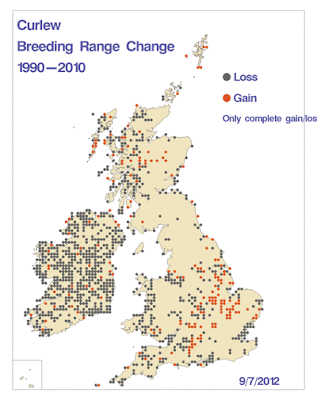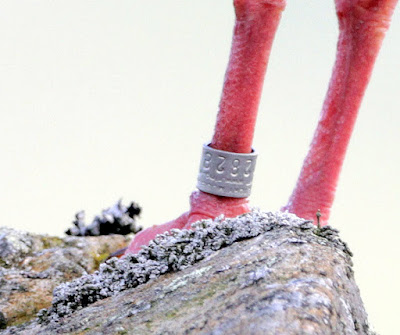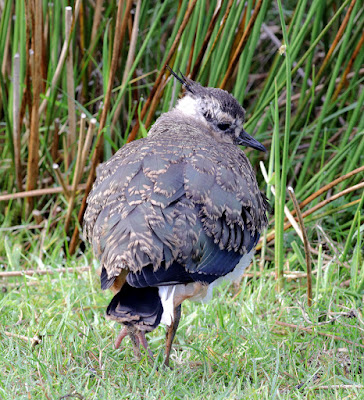A few weeks ago I mentioned how Andy’s contacts had invited him along to see progress in two nest boxes installed at their home. At that time a pair of Kestrels occupied a box located on a building and a pair of Barn Owls occupied a box not too far away in an open fronted barn. By using a nest box camera it was possible to see that the Kestrels had laid 5 eggs and the owls had 8 eggs.
Barn Owl
Armed with our Barn Owl Schedule One Licence and ringing gear we went along on Monday in the hope of catching the youngsters at an appropriate age to fit their rings. Our general ringing licence covers the ringing of Kestrels but extra protection afforded to Barn Owls requires stricter rules.
Andy went up to the Barn Owl box and brought down 3 chicks. One small one proved too tiny for a “G” ring while the other two were about right, each with well-developed legs and feet.
Andy went up to the Barn Owl box and brought down 3 chicks. One small one proved too tiny for a “G” ring while the other two were about right, each with well-developed legs and feet.
Barn Owl Box
Barn Owl - too small for a ring
Barn Owl
Barn Owls begin incubation as soon as the first egg is laid and lay additional eggs over a period of around 8-21 days. After 31-32 days' incubation the eggs hatch every 2-3 days, usually in the order they were laid. This is termed “asynchronous” hatching. The age difference between the oldest and youngest nestling can be as much as three weeks. This age variation reduces the peak in food demand and spreads it over a longer period. The female does all the incubation and the male provides all the food until the young are around 3 weeks old.
Research shows that Barn Owls regularly let their nest mates know whether they plan to compete for an incoming meal or not. The delivery of usually a rodent of some sort is fed only to a single offspring at a time, chicks queue up based on their hunger level. This approach prevents arguments (in the form of beak stabbing and stealing) from breaking out when the food arrives, thus ensuring the maximum survival of the brood.
It will be several more weeks before our two young owls are old enough to leave the box and fend for themselves. Meanwhile the camera should let us know how they all develop, including the runt.
Meanwhile, four juvenile Kestrels were of an ideal size and age to take an “E” ring. From their size we estimated they should fledge in about a week or ten days.
Kestrel
Kestrel
We also took advantage of a brood of five Barn Swallows that were at the ideal age for ringing.
Swallow
Swallow nest
All in all, a successful and productive few hours.
There's more news, views and photographs soon by logging in to Another Bird Blog.
Linking today with Anni's Birding and World Bird Wednesday.
Linking today with Anni's Birding and World Bird Wednesday.


































































.jpg)












